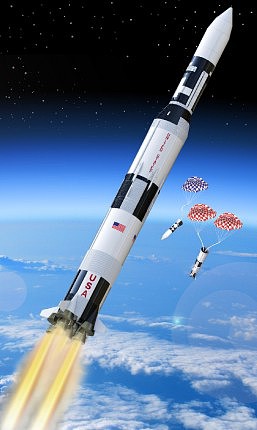Saturn V Skylab
This is the Estes Saturn V Skylab model rocket kit level pro.
(4)
Estes Rockets # est1973
$87.49
| Retail $109.99 SAVE 20% ! | |
IN STOCK 2,493 Rewards Points USA Ground Shipping Only Not eligible for Free-Shipping |
Website security verified by GoDaddy.
You Might Also Like
← Swipe To View More →
Features
- One Model Rocket Kit
- Detailed Instructions
- Skill Level: 5
- Recovery: Parachute
Specs
- Estes Product Number: 1973
Requirements & Suggestions
← Swipe To View More →
Product Rank
Others Also Ordererd
← Swipe To View More →
